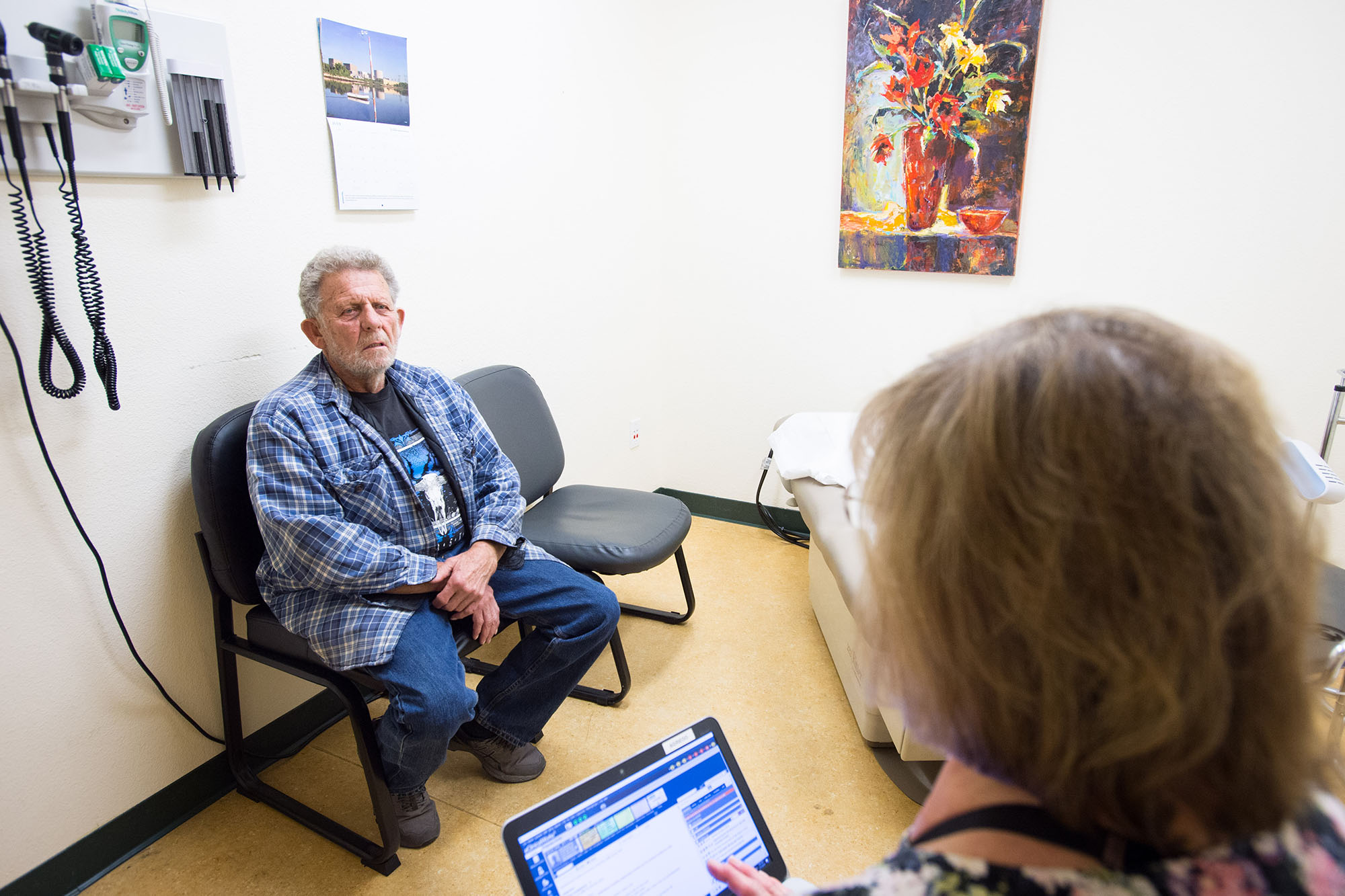Key Takeaways
- Data through the end of 2024 show that, as a whole, California’s hospitals had $11.3 billion in net income (or profit) at the end of last year. This is the first year since the onset of the COVID-19 pandemic that annual profits significantly exceeded pre-pandemic levels.
- Within the context of broad profitability, there continues to be wide variation in financial performance among hospitals, with the bottom quartile showing a net income margin of -10%, compared to +12% for the top quartile.
- Prior analysis suggests that composition of the hospitals in this bottom quartile both changes (poor performance on net income margin in one quarter does not predict poor performance in prior or subsequent quarters) and defies easy categorization. Factors like payer mix (for example, a high percentage of patients with Medi-Cal), geography (urban vs. rural), and membership in a larger health system may play a role in a given hospital’s performance, but do not consistently correlate to or explain net income margins of hospitals in the bottom quartile.
Updated on June 3, 2025 with data through the end of 2024.
This dashboard, which has been updated as new quarterly data has become available, continues an analysis of the financial health of California’s hospitals first published by CHCF in 2023. It provides estimates of costs and revenue for California hospitals based on financial data reported quarterly to the California Department of Health Care Access and Information (HCAI). It includes roughly 326 comparable facilities (about 80% of hospital capacity in the state).
This analysis paints a nuanced and evolving portrait of the financial health of California hospitals over the last several years. Key terms to understand include:
- “Net patient revenue” is the aggregate revenue collected from all payors, including private insurance, Medicaid and Medicare for services rendered to patients.
- “Other operating revenue” is revenue generated by health care operations for patients and others that are not related to patient care. This can include government grants (e.g., COVID-19 relief payments), non-patient food sales (e.g. hospital cafeterias), and supplies sold to non-patients.
- “Nonoperating revenue” is revenue received or recognized for services that are not directly related to provision of health care services. This can include financial market returns, payments to hospitals for real estate (such as doctor office rentals), and income from endowments.
- “Net income” measures hospitals’ overall financial gains or losses. A negative value indicates a net financial loss.
- “Total income margin” is total revenue (net patient+other operating+ nonoperating) less total expenses divided by total revenue.
Figure 1 (above) summarizes quarterly trends in revenue and expenses per adjusted patient day from 2019 through Q4 of 2024. Key takeaways:
- In 2019, just prior to the COVID-19 pandemic, revenue from operations (patient care and other operations) more than covered hospitals’ operating expenses. Nonoperating revenue further increased total net income.
- Operating expenses increased significantly in the second quarter of 2020 as the COVID-19 pandemic took hold. This contributed to a decline in hospitals’ total net income, although total net income was still positive, buoyed by a significant increase in other operating revenue (e.g., federal COVID relief) and increasing nonoperating revenue (such as stock returns).
- Operating expenses remained higher than pre-pandemic levels in subsequent years and, though they have continued to grow, the rate of increase slowed compared to the initial COVID-driven shock.
- Net nonoperating revenue fell markedly in the first three quarters of 2022. As a result, total net income across the sector significantly declined.
- By the end of 2022 and through Q3 of 2023, positive net nonoperating revenue helped mitigate negative or very thin operating margins and contributed to higher total net income.
- In the last quarter of 2023 and through 2024, increases in net patient revenue contributed to a positive margin on operations. Meanwhile, a large increase in nonoperating revenue contributed to a higher net income margin.
Figure 2 details several of the same financial metrics in Figure 1 (net patient revenue, other operating revenue, net nonoperating revenue, total operating revenue) but in aggregate across all comparable California hospitals on an annual basis (rather than by adjusted patient day) from 2019 through 2024. Key takeaways:
- In 2019, hospitals reported $4.3 billion in net operating revenue and $5.7 billion in net nonoperating revenue, for total net income of $10 billion.
- Hospitals reported losing $114 million on operations during the first year of the pandemic, although nonoperating revenue remained steady at $5.3 billion. This contributed to total net income of $5.2 billion, a decline of about 50% compared to total net income in 2019.
- In 2021, operating margins turned positive, although they generally remained lower than they were prior to the pandemic. Nonoperating revenue grew to $6.5 billion in 2021, causing net income to increase to $8.9 billion.
- Total net income declined sharply in 2022 to $1 billion as many hospitals experienced increases in operating expenses and significant reductions in nonoperating revenue.
- In 2023, the sector as a whole experienced a positive margin on operations, with approximately $1.7 billion in total net operating income. A significant rebound in nonoperating revenue further bolstered the sector’s total net income (or profit) to $8.8 billion for the year.
- Healthy operating margins and very strong nonoperating revenue margins produced $11.3 billion in total net income for the sector in 2024 – 10% more net income than pre-pandemic levels in 2019.
However, as shown next in Figure 3, financial losses and gains are not distributed evenly across all hospitals.
Figure 3 shows the distribution of total net income margin data across all hospitals in the study sample (n=326). The bottom quartile (25%) consists of the 82 hospitals with the lowest total net income margins in any given quarter. (The highest quartile (75%) consists of the 82 hospitals with the highest margins.) The median is the mid-point net income margin for the entire group, (Half of all hospitals would have a margin that falls above the median; the other half would have a margin that falls below.) This allows for an assessment of differences in financial performance among facilities, which are not reflected in aggregate financial metrics or averages. Key takeaways:
- The bottom quartile of all facilities experienced significant losses in the first quarter of 2020, when the net income margin for the group fell to -12%, and then again in the second quarter of 2022, when the margin reached a low point of -17%. The net income margin remained negative but rebounded by the end of 2023 and the first two quarters of 2024. It started to decline again and stood at -10% in the fourth quarter of 2024.
- The median net income margin for all hospitals was positive throughout the first two full years of the COVID-19 pandemic before falling to -1% through the first two quarters of 2022. It was positive again at the end of 2022, reached +7% in the last quarter of 2023, and varied between +2% and +6% throughout 2024.
- The total net income margin for the top quartile of hospitals fluctuated between +11% and +18% during 2020 and 2021 (generally meeting margins before the pandemic). The net income margin remained between +10 and +13% in 2022, followed by +7% to +19% in 2023, and +12% to +15% in 2024.
Authors & Contributors

Glenn Melnick
Glenn Melnick, PhD, is an expert in health economics and finance. He joined the USC Price School of Public Policy faculty in 1996 and currently holds the Blue Cross of California Chair in Health Care Finance. Previously, he served as a faculty member of the UCLA School of Public Health, a consultant at RAND, and an expert witness for the Federal Trade Commission. He has been published in American Journal of Public Health; Health Affairs; Medical Care; Journal of Health Politics, Policy and Law; Health Policy Reform: Competition and Controls; and the Journal of Ambulatory Care Management. He has also been principal investigator for a number of funded projects in Jakarta, Indonesia, and in Taiwan.




